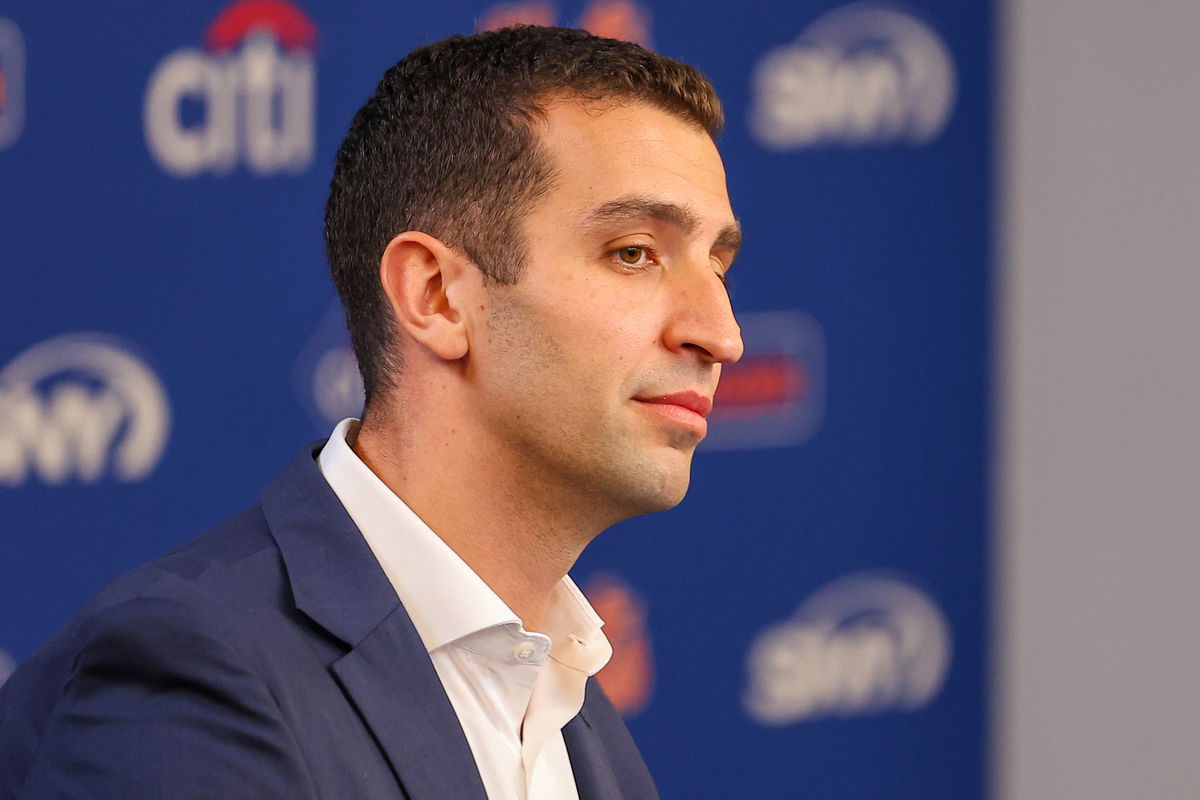
Imago
Credit: IMAGO

Imago
Credit: IMAGO
For a franchise that once spent like a tech startup with a blank check, the silence is starting to echo. While rivals fire off trades like confetti, the New York Mets—under the meticulous gaze of David Stearns—are treating the deadline like a chess clock. Moves are being made, sure, but slowly, cautiously… almost suspiciously. Is this a masterclass in restraint—or a masterclass in watching opportunity walk out the door?
Watch What’s Trending Now!
Stearns has calmly steered the Mets toward a deadline strategy defined by subtlety over spectacle, showing clear focus on bullpen and center field depth without headline-grabbing moves. His measured approach reflects confidence in the roster’s homegrown talent and a desire to preserve farm strength for sustainable success. Stearns’ history in Milwaukee and New York shows a preference for incremental upgrades over blockbuster trades. Mets fans have grown accustomed to controlled, incremental improvements over splashy yet disruptive transactions. Yet many stakeholders wonder whether restraint now may compromise the Mets’ playoff chances in October.
Stearns has acquired complementary arms like Phil Maton, Ryne Stanek, and Gregory Soto, demonstrating a knack for under-the-radar bullpen reinforcements that pay dividends. These moves echo his Milwaukee tenure, where smart, low-cost trades fueled competitive teams without sacrificing the farm system. The Gregory Soto trade addressed a crucial southpaw gap after A.J. Minter and Danny Young went down. Soto arrived from Baltimore for two prospects, reaffirming Stearns’ belief in improving without depleting depth. The results? A more balanced bullpen is poised for high-leverage innings.
ADVERTISEMENT
The Mets still need a durable starting pitcher, a high-leverage reliever, and enhanced center field offense and defense. Their rotation has endured injuries to Frankie Montas, Tylor Megill, Paul Blackburn, and Kodai Senga. Bullpen performance has cratered since June, with a 5.30 ERA and overuse piling up innings using 30 relievers. Stearns reportedly is considering controllable late-inning arms like Bednar, Clase (not exactly an option at the moment), or Bautista, or a rental reliever, depending on the cost-benefit balance. Center field options under evaluation include Harrison Bader, Luis Robert Jr., Cedric Mullins, and Jarren Duran.
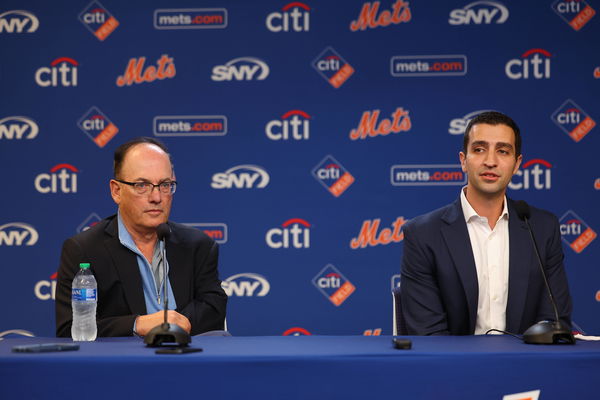
Imago
New York Introduce David Stearns New York Mets owner Steve Cohen introduces the new Mets President Of Baseball Operations, David Stearns to the media at a press conference, PK, Pressekonferenz at Citi Field in Corona, New York, Monday, Oct. 2, 2023. New York United States PUBLICATIONxNOTxINxFRA Copyright: xGordonxDonovanx originalFilename:donovan-newyorkm231002_npF6Z.jpg
Their bullpen issues have become a major concern, especially after Minter, Young, Max Kranick, and Dedniel Nunez suffered season-ending injuries. The Mets’ ERA has soared among relief groups, despite steady contributions from Díaz, Stanek, Brazobán, Raley, and Buttó. Strengthening late innings has become essential to relieve starters who struggle to go deep and to preserve performance in September. Soto’s addition brought lefty balance, but further upgrades remain necessary to bridge innings to Edwin Díaz. Depth arms from Triple-A—Tidwell, McLean, or Sproat—remain on standby, but Stearns is wary of moving starters to the pen midseason.
ADVERTISEMENT
Their rotation depth faces instability with Senga’s hamstring injury sidelining their ace while Montas and Megill struggle to pitch deep into games. Starters are averaging only five innings per start, forcing the bullpen to bear the brunt of workload strains. The team continues with confidence in Manaea, Montas, Holmes, Peterson, and Montas’ return, but health variability creates risk. Bleeding prospect arms to replace SP depth could jeopardize future flexibility. Strengthening the rotation with Joe Ryan and a high-leverage bullpen arm like David Bednar seems prudent to sustain postseason momentum.
Interest in Harrison Bader continues to build as the Mets seek center field upgrades without committing high payroll. Stearns has reportedly checked in with Minnesota about Bader, alongside White Sox options like Luis Robert Jr. and San Diego’s Cedric Mullins. Bader’s elite defensive skills and elite Outs Above Average make him attractive, though his 2025 performance is down from his prior peak. Acquiring him would likely cost top prospects such as Brett Baty or Ronny Mauricio, both currently emerging contributors. That creates a painful trade-off between immediate positional upgrade and preserving controllable upside.
ADVERTISEMENT
The potential Bader trade carries pros and cons for the Mets’ future. On the pro side, his center field defense and elite range would stabilize up-the-middle coverage, and his acquisition could unlock infield positional flexibility. On the con side, surrendering Baty or Mauricio could disrupt playing time for young internal options generating recent production. Trading prospects also risks weakening the depth and guardianship of the team’s future long-term flexibility. Meanwhile, Bader is under a one-year deal, making him a rental and limiting his impact beyond 2025. Stearns must weigh short-term gain against potential long-term costs carefully.
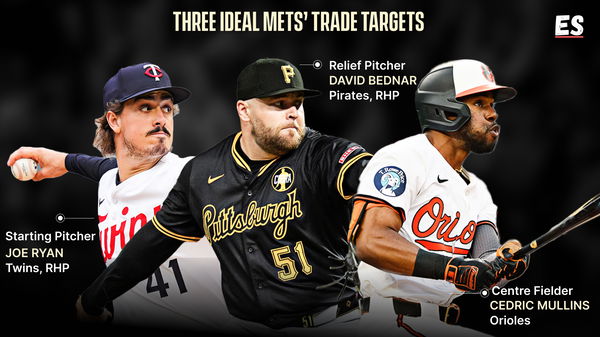
ADVERTISEMENT
Ultimately, Stearns’ cautious deadline approach may prove a masterstroke or a missed window, depending on execution. If the Mets shore up their bullpen and rotation with affordable additions while wisely managing prospect inventory, their playoff pursuit remains viable. Should rival teams land rental or controllable upgrades faster, the Mets risk falling behind. The balance between depth upgrades, minor transactions, or bold moves now will define their fall trajectory. As the deadline nears, the outcome of these calculated restraint decisions may shape their postseason destiny significantly.
ADVERTISEMENT
With Brett Baty and Ronny Mauricio in the mix, Mark Vientos is likely sell for the Mets
When a team starts juggling prospects like hot potatoes, someone’s bound to get tossed. For the Mets, that someone appears to be Mark Vientos. While Baty and Mauricio cling tightly to their corner infield dreams, Vientos finds himself standing when the music stops. In Stearns’ calculated game of asset management, loyalty takes a backseat to leverage—and the trade deadline waits for no prospect.
Vientos has surfaced prominently in trade discussions this deadline, being considered the most available prospect these days. Teams have explored trade possibilities involving Baty and Mauricio, but Vientos remains the clear focal point. The Mets appear willing to move the versatile infielder despite his remaining team control through 2029. His trade availability surprises few, as organizational depth has created redundancy at third base.
Top Stories
Blue Jays Warned of Dire Fallout as Scott Boras Forced Into Desperate Bregman Tactics Amid Red Sox Dilemma
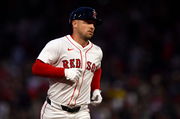
Hal Steinbrenner’s Yankees Ownership Beyond Repair as Mets Hellbent on Cody Bellinger: NY Insider

Did Rangers’ Corey Seager & Marcus Semien Have Beef Between Them? Texas Fans Feel Otherwise
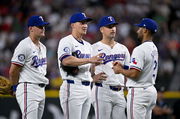
Juan Soto’s Need For Control Uncovered After Denying Mets Locker Room Beef With Francisco Lindor
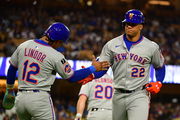
Blue Jays Pushed Toward Tough Bo Bichette Call as World Series Star’s Toronto Return Turns Uncertain
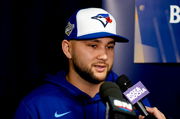
Offensively, Vientos has struggled significantly in 2025, posting a disappointing slash line of .226/.280/.358 in just 74 games. His wRC+ stands at roughly eighty‑one this season amid a dramatic barrel‑rate collapse to approximately 7.3 percent. For a player who mashed twenty‑seven home runs last year, this decline alarms smart evaluators. Defensive shortcomings compound issues, as Vientos remains rated among the worst defenders across MLB this year.
ADVERTISEMENT
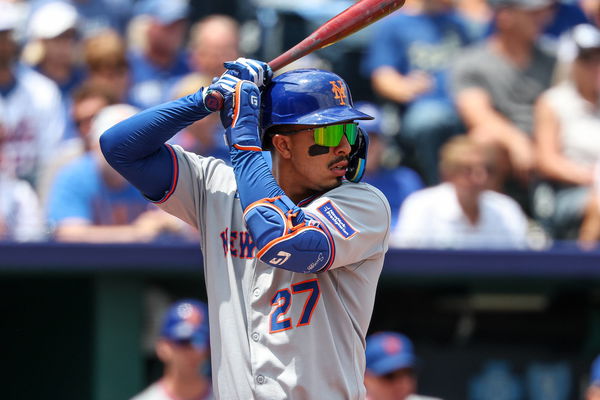
Imago
July 13, 2025: New York Mets designated hitter Mark Vientos 27 bats against the Kansas City Royals at Kauffman Stadium in Kansas City, MO. /CSM Kansas City United States of America – ZUMAc04_ 20250713_zma_c04_129 Copyright: xDavidxSmithx
Contenders like Chicago would value Vientos’ upside and affordable control, exploring opportunities involving Luis Robert Jr. The Padres also intrigue as they might use Vientos as a cheap, controllable bat in return for pitching. Meanwhile, Arizona could view him as complementary infield depth with Suarez rumored to be on the move. All three teams could sensibly target Vientos given his potential and long‑term roster flexibility.
And so, as Baty rises and Mauricio lingers, Vientos becomes the expendable thread in Queens’ infield quilt. The Mets aren’t gutting their youth—they’re simply tightening the belt around players they don’t trust to deliver. Vientos might not fetch a king’s ransom, but he’s no dollar-store bat either. He’s the kind of player you trade now and regret by August—when your DH pulls a hammy and karma calls. In this deadline chess match, Stearns may be sacrificing a rook to protect a shaky king. But if Vientos finds his swing elsewhere, the Mets better pray it’s not in their October bracket.
ADVERTISEMENT
ADVERTISEMENT
ADVERTISEMENT
ADVERTISEMENT

